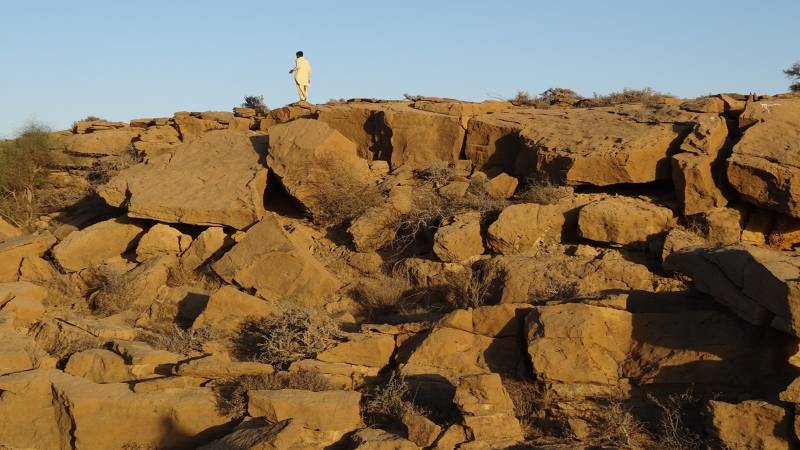
I have been making rock art discoveries in Sindh for over two decades. And so, I have found rock art sites in the Khirthar, Bado, Laki hills, and Karoonjhar hills. In addition to these mountain ranges and hills, I have discovered numerous rock art sites in the Malir district of Karachi. A few rock art sites were also found in the Jamshoro district.
Karachi’s Malir district is home to several rock art sites. One of these rock art sites, locally known as Hadenwari, is located about 8 km east of Gadap town. I first visited this site with the late Gul Hasan Kalmatti and the late Abbas Gonder in 2014 and then revisited it in 2017 and 2021. The rock art site contains both ancient and modern rock carvings. Most of the petroglyphs were made by herders and villagers as a pastime, using knives or small stones to engrave images of the moon, stars, axes, goats, hands, feet, shoes, and other objects they observed around them on the boulders. This site has many moon and star motifs that were engraved by both herders and villagers. Some herders also wrote their names near the petroglyphs of the moon and star. It is interesting to note that villagers also make engravings.
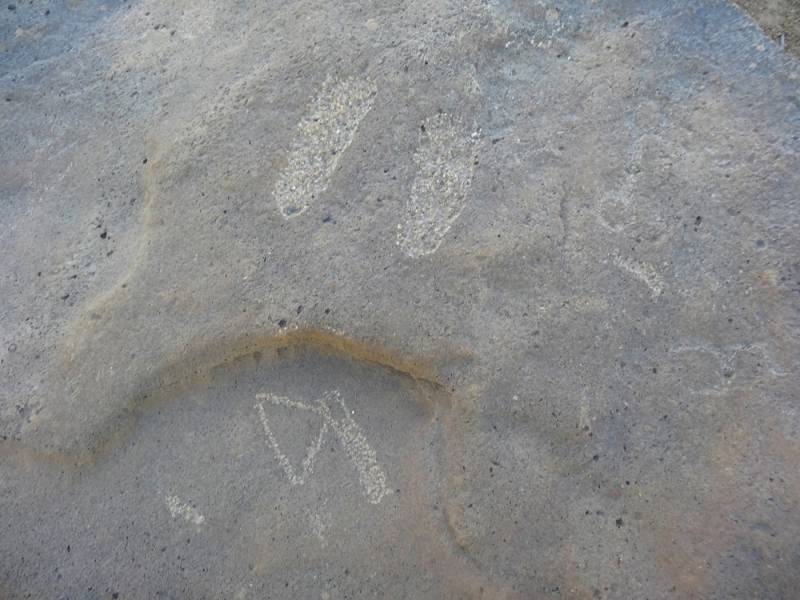
Generally, it is believed that all of the engravings were made by the mobile herders. But this is not true: when I met and interviewed some villagers, they informed me that they also made the petroglyphs in their pastime. Nevertheless, they shared the information that the majority of these were made by both settled and mobile herders. There are three boulders at the Hadenwari rock art site, on which one finds moon and star designs engraved separately or in a group. Sometimes, it also appears in other petroglyphs, notably with axes, handprints, footprints and shoeprints.
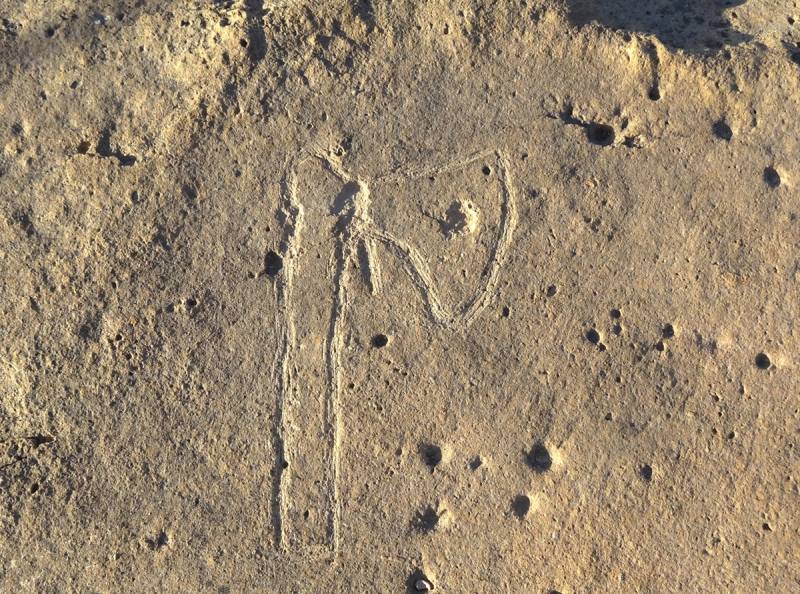
The moon and star design is also the favourite motif of shepherds, as they engrave it at many places in Hadenwari Valley and beyond. The names of engravers also appear near the carvings. Close to one of the moon and star motifs, there is an engraving of the anthropomorphic figure, which seems more ancient than the moon and star motif. The anthropomorphic figure is shown with raised arms. The lower body of the figure appears to be more pronounced than the upper part of the body.
There are also some ancient petroglyphs at the Hadenwari rock art site, which include footprints, geometric designs and anthropomorphic figures
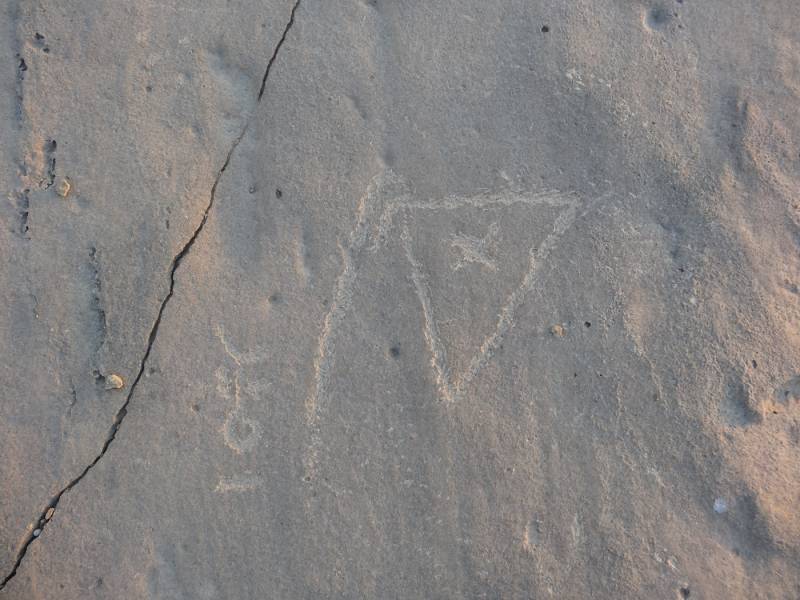
Apart from the moon and star motif and anthropomorphic figures, the Hadenwari rock art site has many hand and shoe petroglyphs. Sometimes, near these shoeprints, petroglyphs of the axes, which are weapons and markers of the identity of the herders, are found.
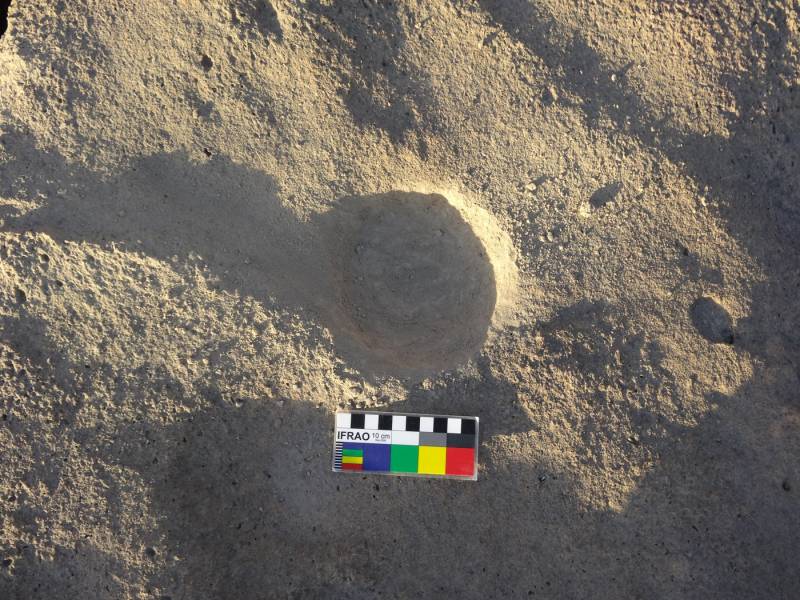
There are numerous axe petroglyphs at the Hadenwari rock art site. At most rock art sites, the names of engravers are written near axe carvings. At some others, one does not find the names of engravers: there are only representations of the axe without the name of the engraver. There are a variety of axes at this site; some are engraved small, and others very large. Some have been engraved with a haft and others without a handle. Some appear to have been made by adult herders, and others by children, which seem to be unfinished attempts by them. The children make very small and crude axe petroglyphs. These are quite different from those battle axes which are engraved at many rock art sites in Angai and Gaj Valley. Battle axes are also found in the rock art of Gilgit-Baltistan and Swat Valley. Professor Dr Luca Maria Olivieri, the Director of the Italian Archaeological Mission in Pakistan, has systematically documented the rock art of Swat Valley.
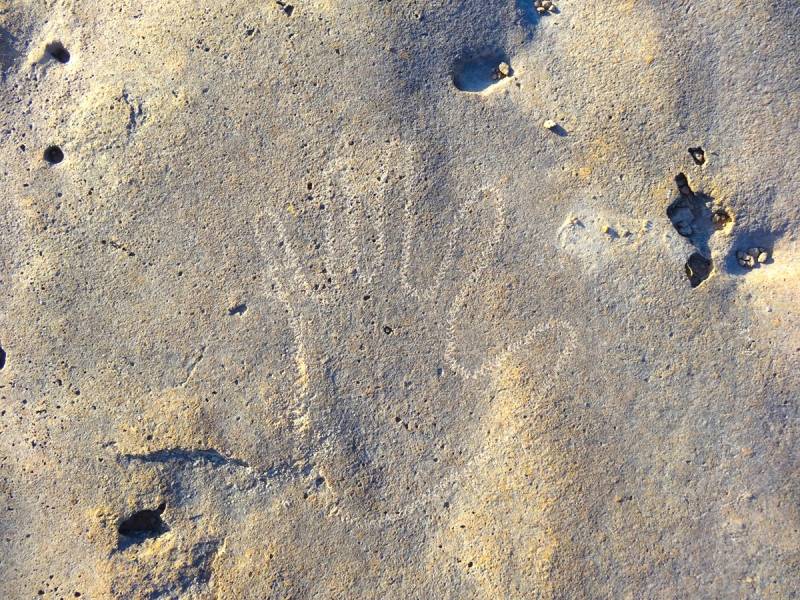
There are also some ancient petroglyphs at the Hadenwari rock art site, which include footprints, geometric designs, and anthropomorphic figures. These are located on the boulders within walking distance from the three notable boulders, which mainly depict the moon and star motif. This site has many ancient footprints, geometric designs, and anthropomorphic figures. Human footprints were engraved separately and not in a group at this site.
Two of the anthropomorphic figures look very ancient. One appears to be of a man and the other of a woman, as the contours of both markedly show the gender distinction. The male anthropomorphic figure appears in a movement with both arms raised. A nearby female anthropomorphic figure also appears in a movement.
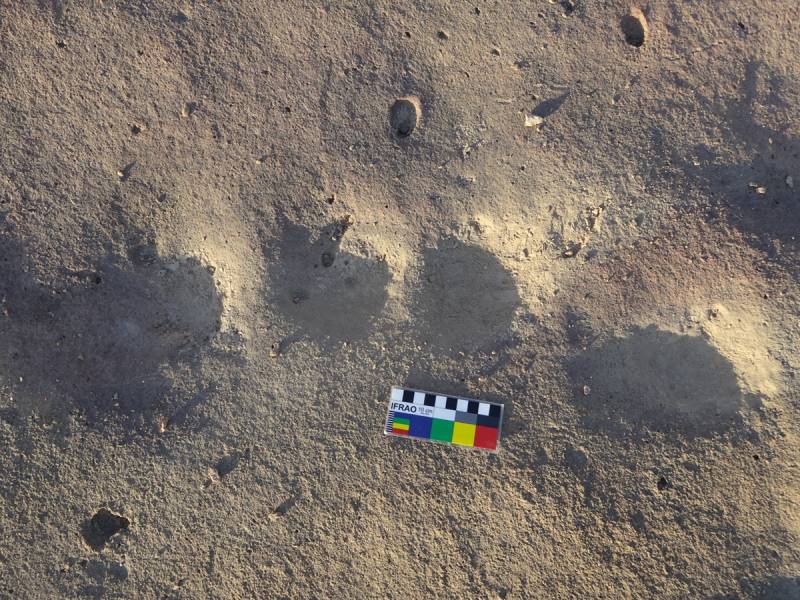
Close to these petroglyphs is an engraving of a handprint, which is not ancient and seems to have been engraved recently. Some geometric signs are also found at this site. The mosque's petroglyph is also engraved near the handprint.
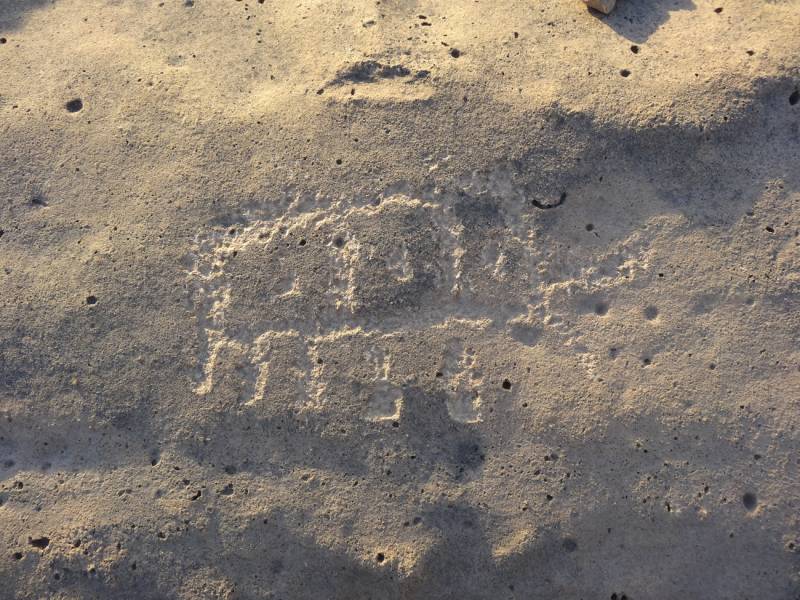
A few animal petroglyphs are also found at the Hadenwari rock art site, all of which are engraved in recent times. The prominent animal is an elephant. This seems to be a stroke by a novice shepherd. The representations of elephants are rare in the rock art of Sindh, which is mostly of modern times. A few modern elephant petroglyphs are to be found in Nali Valley in the Dadu district. The elephant engraving at Hadenwari rock art site is on a solitary boulder. Another nearby boulder depicts a goat, which also seems to have been made by a shepherd. There are many boulders at the Hadenwari site, but the shepherds and travellers chose a few to make the engravings. It is difficult to know the purpose behind choosing a few among the lot despite the same texture of the rocks.
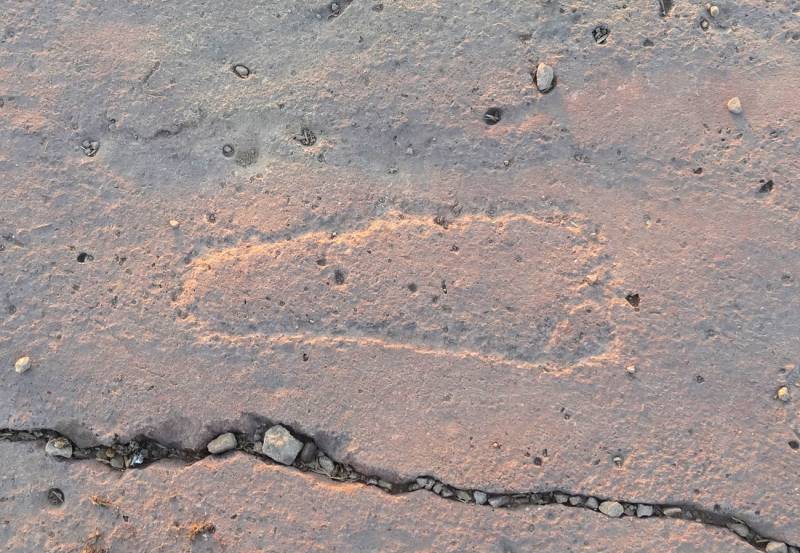
There are also some cup-marks at this site. Indeed, there are numerous cup-marks in Sindh-Kohistan, especially in the district of Malir. There are some cup-marks at almost every rock art site in Karachi’s Malir district. At the Hadenwari rock art site, a few boulders contain cup-marks. Some boulders contain a pair of cupules; others are single without a groove. At the Hadenwari site, rainwater accumulates at Talao (tank), where shepherds take their animals for water. When animals drink water, shepherds make engravings on the nearby boulders.
Prehistoric flints and cores are also found at the Hadenwari site, which suggests that it was also occupied by people in the prehistoric period.

